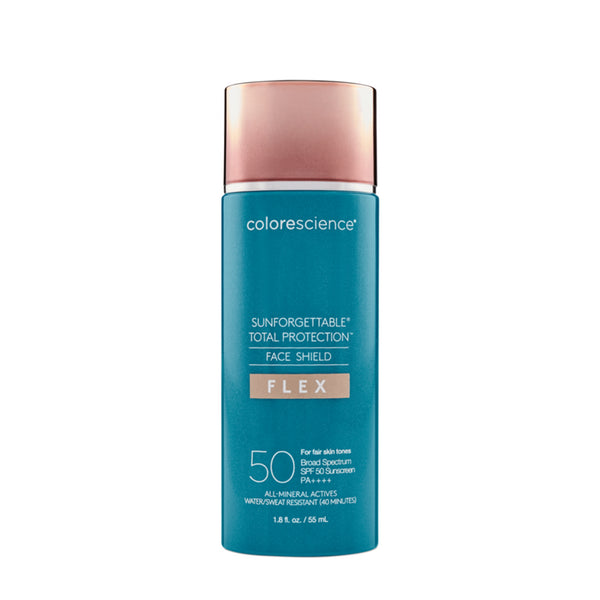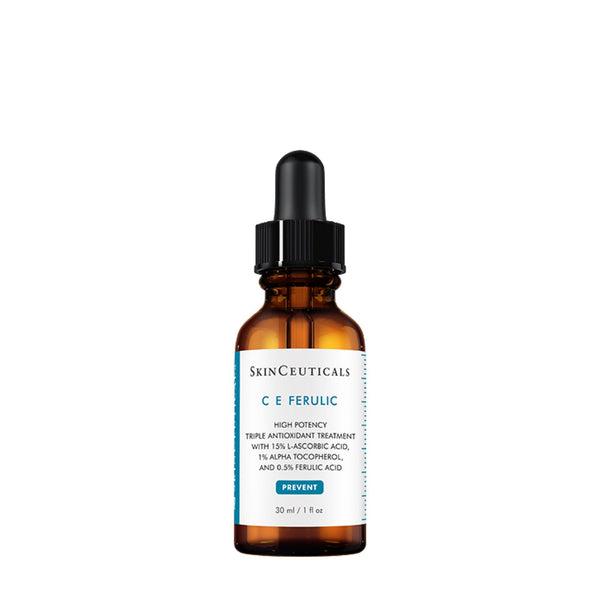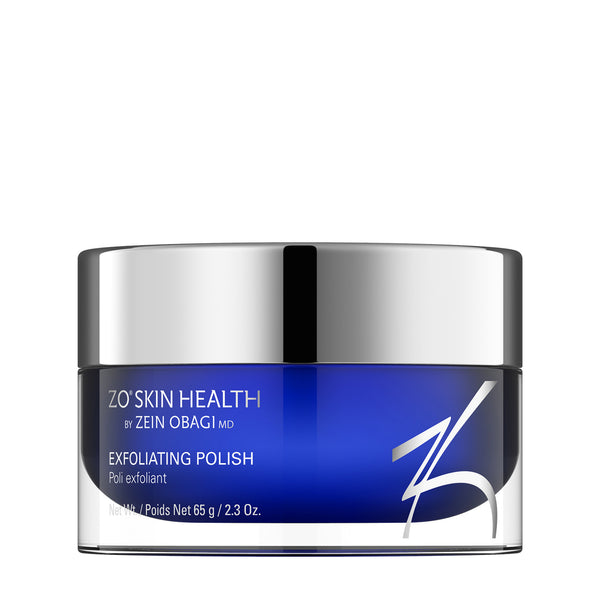
Muscle Up Your Health: Your Answer to Skipping Menopause
I like to call the muscle our longevity organ. Without it, we simply cannot function. Muscle is far more than what gives us strength or shape — it’s the foundation of energy, vitality, and hormonal balance. Increased muscle mass can lead to less body fat, a stronger immune system, improved energy, reduced stress, and better hormonal harmony.
When it comes to navigating menopause, maintaining and building muscle is one of the most powerful tools we have. It’s not just about staying strong — it’s about helping your body move through hormonal transitions with stability and grace.
The Muscle–Menopause Connection
As estrogen naturally declines during perimenopause and menopause, many women notice changes such as fatigue, mood swings, weight gain (especially around the belly), and even increased joint pain. These symptoms are not only hormonal — they’re also deeply connected to loss of muscle mass.
Estrogen helps support muscle growth and repair, and it also plays a role in maintaining insulin sensitivity and metabolism. When estrogen drops, we lose some of this natural protection. That’s why women who do not prioritize strength training during this stage often feel like their metabolism “slows down” or that their body composition shifts dramatically — more fat, less firmness.
But here’s the good news: muscle acts as a metabolic buffer. It helps balance blood sugar, reduces inflammation, supports better sleep, and improves mood. Strength training and proper nutrition can essentially help you “skip” menopause symptoms by counteracting the biological effects of hormone loss.
How Muscle Protects You Through Menopause
- Stabilizes Hormones: Muscle tissue helps regulate blood sugar and insulin levels, which in turn supports balanced estrogen and cortisol. This leads to fewer energy crashes, fewer hot flashes, and more stable moods.
- Prevents Weight Gain: Because muscle burns more calories at rest, women who strength train regularly are far less likely to gain the typical 5–15 pounds that often accompany menopause.
- Supports Bone Health: As estrogen declines, bone density can decrease, increasing the risk of osteoporosis. Strength training stimulates bone-building cells, helping to keep bones strong and resilient.
- Boosts Mood and Energy: Exercise — particularly resistance training — increases endorphins, dopamine, and serotonin, helping to combat anxiety, irritability, and sleep disturbances that often accompany hormonal changes.
- Improves Confidence and Body Image: Building muscle changes not just how you feel but how you move through life — grounded, energized, and strong.
Building Muscle: The Menopause Medicine
The most effective way to build and maintain muscle is through resistance training — lifting weights, using resistance bands, or performing bodyweight exercises. If you’re new to strength training, start small and build gradually. Consistency is the key.
Aim for two to three strength sessions per week, focusing on major muscle groups: legs, glutes, core, and upper body. Remember, this isn’t about pushing to exhaustion — it’s about training your muscles to support your hormones, metabolism, and energy.
Your nutrition also plays a vital role. During menopause, the body’s ability to utilize protein decreases, which means you need slightly more to maintain muscle. Include protein in every meal — quality sources like eggs, fish, chicken, beans, lentils, or protein-rich plant foods.
Stay hydrated, get enough sleep, and minimize processed foods and sugars that can increase inflammation and stress your adrenal glands — both of which can worsen hormonal symptoms.
Chat soon,
Frances











Leave a comment